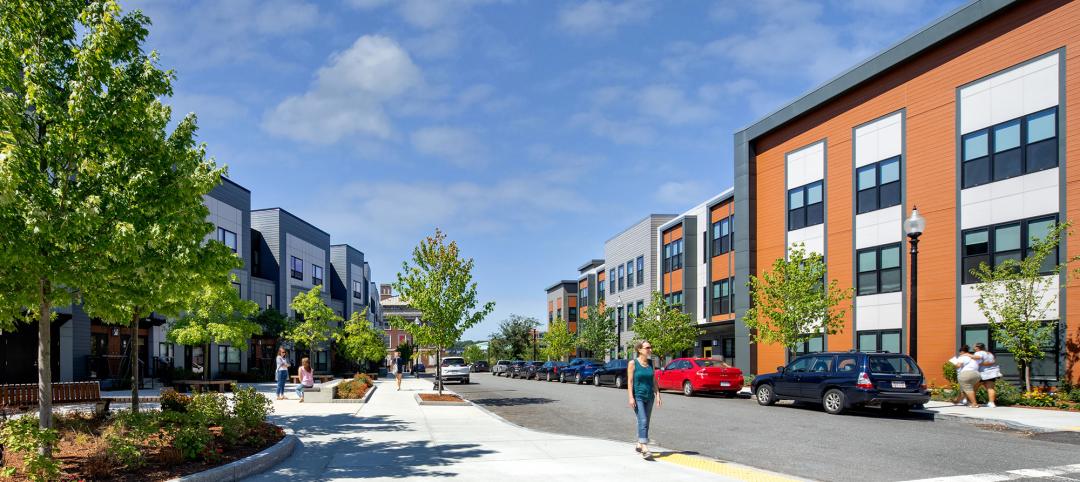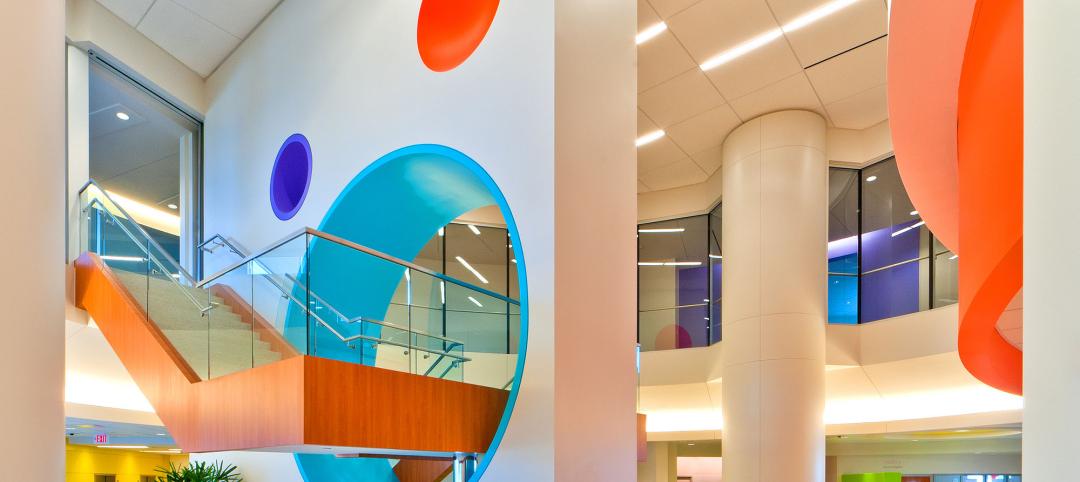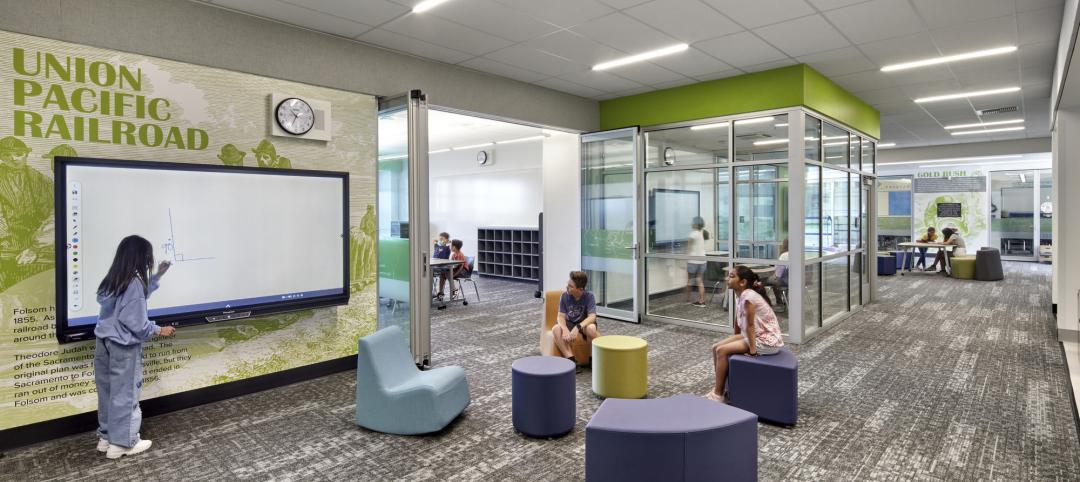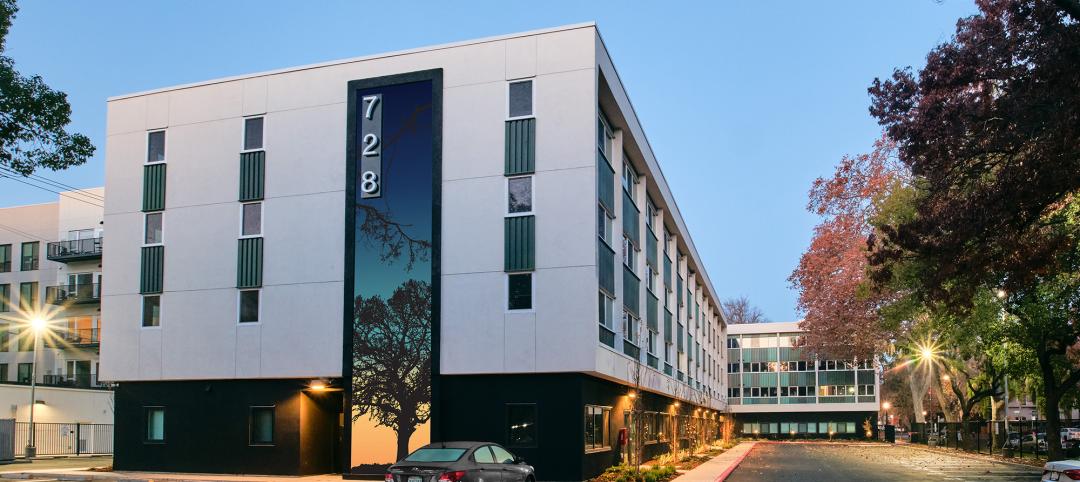The Virginia- and Kentucky-based AE firm Mason & Hanger has promoted Benjamin A. Lilly, PE, a 23-year company veteran, to the position of President.
Lilly, 46, replaces Mike Matthews, whom the company named President in July 2016 after it had acquired the AE firm Hankins & Anderson, which Matthews had helmed for 18 years.
Prior to assuming his new role, Lilly was Mason & Hanger’s Vice President of International Federal Programs. He has traveled to over 31 countries, and has managed AE services for international construction projects with a combined value of more than $4 billion.
Mason & Hanger is a Day & Zimmermann company whose origins date back to 1827. It is one of the industry’s oldest architectural and engineering services firms, and has worked on projects in 48 U.S. states and 163 countries.
Currently, international work represents a bit more than half of Mason & Hanger’s total portfolio. But Lilly tells BD+C that the firm will continue to invest “in all of our services and consider them to be equally essential” to the company’s growth and mission.
The firm has three offices spanning Lexington, Ky., and two in Virginia (Glen Allen and Hampton Roads), supporting both domestic and international projects with equal importance to the U.S. government.
As a federally focused firm whose primary clients are the U.S. Departments of State and Defense, Mason & Hanger will continue to invest in such growth sectors of energy, sustainability, and security design services, says Lilly. Its strategic focus includes adding other government agencies “where we believe we can provide unique value.”

Mason & Hanger will continue to focus on expanding its business with federal agencies. Image: Mason & Hanger
To achieve its objectives, Mason & Hanger will need to find qualified and capable people to support its work in complex environments and various geographies. “This is a good challenge to have and one I am most excited about,” says Lilly.
He is not averse to expansion via acquisition, either. After acquiring Hankins & Anderson last year, he says “we are always open to the right new growth opportunities that fit within our overall strategy.”
A graduate of Virginia Military Institute, Lilly is past president of the Virginia Chapter of the American Council of Engineering Companies, which in 2015 bestowed on Mason & Hanger its Virginia Engineering Excellence Grand Award for design of the Innovation Center in Helsinki, Finland. The previous year, Mason & Hanger received ACEC’s Virginia Engineering Excellence Pinnacle Award for design of the U.S. embassy in Monrovia, Liberia.
In his spare time, Lilly is an avid golfer and, as an Eagle Scout, has been an active leader with the Boy Scouts of America.
Related Stories
MFPRO+ Special Reports | May 6, 2024
Top 10 trends in affordable housing
Among affordable housing developers today, there’s one commonality tying projects together: uncertainty. AEC firms share their latest insights and philosophies on the future of affordable housing in BD+C's 2023 Multifamily Annual Report.
Retail Centers | May 3, 2024
Outside Las Vegas, two unused office buildings will be turned into an open-air retail development
In Henderson, Nev., a city roughly 15 miles southeast of Las Vegas, 100,000 sf of unused office space will be turned into an open-air retail development called The Cliff. The $30 million adaptive reuse development will convert the site’s two office buildings into a destination for retail stores, chef-driven restaurants, and community entertainment.
Codes and Standards | May 3, 2024
New York City considering bill to prevent building collapses
The New York City Council is considering a proposed law with the goal of preventing building collapses. The Billingsley Structural Integrity Act is a response to the collapse of 1915 Billingsley Terrace in the Bronx last December.
Architects | May 2, 2024
Emerging considerations in inclusive design
Design elements that consider a diverse population of users make lives better. When it comes to wayfinding, some factors will remain consistent—including accessibility and legibility.
K-12 Schools | Apr 30, 2024
Fully electric Oregon elementary school aims for resilience with microgrid design
The River Grove Elementary School in Oregon was designed for net-zero carbon and resiliency to seismic events, storms, and wildfire. The roughly 82,000-sf school in a Portland suburb will feature a microgrid—a small-scale power grid that operates independently from the area’s electric grid.
AEC Tech | Apr 30, 2024
Lack of organizational readiness is biggest hurdle to artificial intelligence adoption
Managers of companies in the industrial sector, including construction, have bought the hype of artificial intelligence (AI) as a transformative technology, but their organizations are not ready to realize its promise, according to research from IFS, a global cloud enterprise software company. An IFS survey of 1,700 senior decision-makers found that 84% of executives anticipate massive organizational benefits from AI.
Codes and Standards | Apr 30, 2024
Updated document details methods of testing fenestration for exterior walls
The Fenestration and Glazing Industry Alliance (FGIA) updated a document serving a recommended practice for determining test methodology for laboratory and field testing of exterior wall systems. The document pertains to products covered by an AAMA standard such as curtain walls, storefronts, window walls, and sloped glazing. AAMA 501-24, Methods of Test for Exterior Walls was last updated in 2015.
MFPRO+ News | Apr 29, 2024
World’s largest 3D printer could create entire neighborhoods
The University of Maine recently unveiled the world’s largest 3D printer said to be able to create entire neighborhoods. The machine is four times larger than a preceding model that was first tested in 2019. The older model was used to create a 600 sf single-family home made of recyclable wood fiber and bio-resin materials.
K-12 Schools | Apr 29, 2024
Tomorrow's classrooms: Designing schools for the digital age
In a world where technology’s rapid pace has reshaped how we live, work, and communicate, it should be no surprise that it’s also changing the PreK-12 education landscape.
Adaptive Reuse | Apr 29, 2024
6 characteristics of a successful adaptive reuse conversion
In the continuous battle against housing shortages and the surplus of vacant buildings, developers are turning their attention to the viability of adaptive reuse for their properties.

















